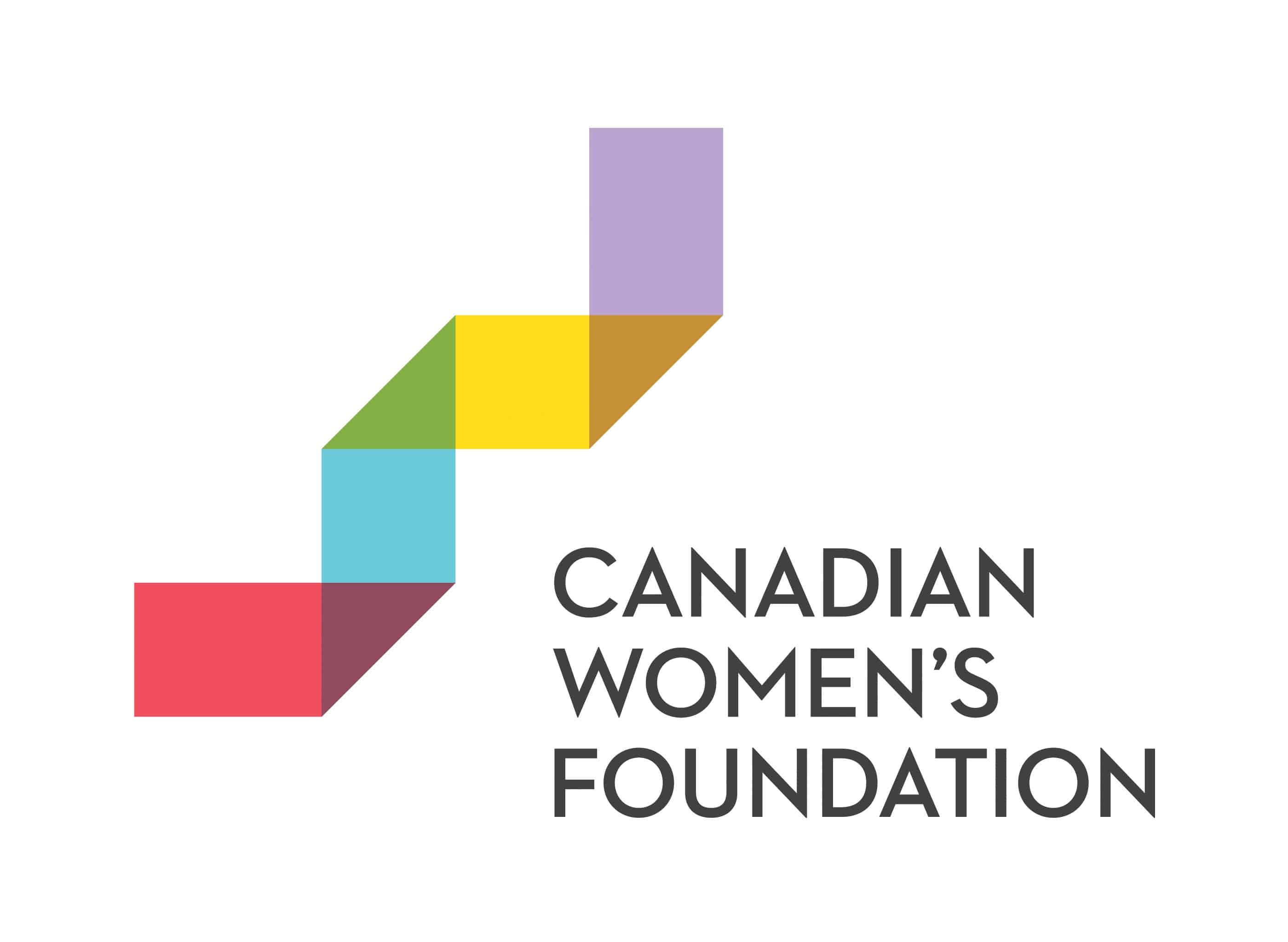Domestic Violence Can Affect Anyone
 When Claudine Lukawesky ran the Boston Marathon this year, her goal had nothing to do with her finishing time. She ran to honour a friend who survived domestic violence and raised funds for the Canadian Women’s Foundation in the process.
When Claudine Lukawesky ran the Boston Marathon this year, her goal had nothing to do with her finishing time. She ran to honour a friend who survived domestic violence and raised funds for the Canadian Women’s Foundation in the process.
“This whole process has made me do things I thought I would never do,” Claudine says. Her friend’s experience and ongoing recovery inspired her to learn more about domestic violence, and find ways to take action.

 When you think of
When you think of  In high school, Shaneen Cotterell signed up for
In high school, Shaneen Cotterell signed up for  As a young newcomer to Canada, Paulette Senior wouldn’t have envisioned herself where she is today—stepping into the role of President and CEO at the Canadian Women’s Foundation.
As a young newcomer to Canada, Paulette Senior wouldn’t have envisioned herself where she is today—stepping into the role of President and CEO at the Canadian Women’s Foundation.

